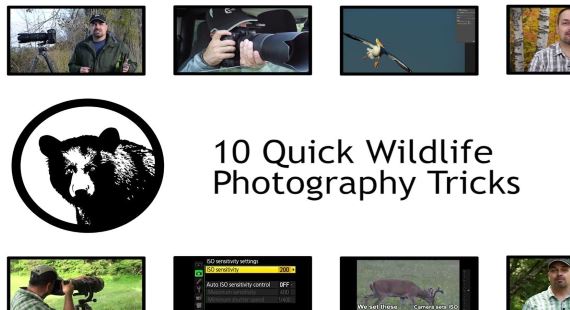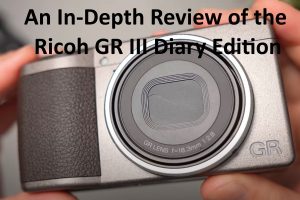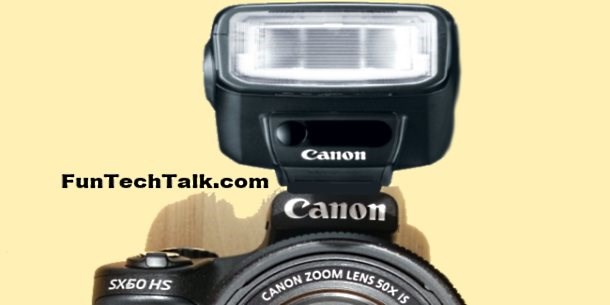
Take a look at these ten top tips and tricks often used by pros all the time when when photographing wildlife outdoors.
1: Get out Early and get outside late in the day. You will alway get the best lighting conditions during the morning and the evening.
2: Drop down to eye level with your subject. The closer you are to the subject the more important it becomes.
3: Be mindful of your backgrounds. Cluttered or intrusive items in your photos background will draw the eye away from the intended subject of your photo.
4: Don’t follow an animal trying to get a shot. Get yourself up ahead of the animal and let it come to you. Get your photograph with the subject facing you.
5: Get closer to an animal by looking distracted. Don’t make eye contact and never walk in a direct line toward the subject. Use a side to side slow walking pattern to make yourself appear uninterested. The animal will find you less of a threat.
6: Don’t let the wind cause camera shake. Take off lens hoods when not needed to block the Sun as they can act as a sail. Also use lens image stabilization when shooting at slower shutter speeds to help with image blur.
7: Fire off multiple shots when shooting at slower shutter speeds. It will give you a better chance of getting the shot when you use continuous frame advance.
8: Make your image buffer last longer. If shooting in RAW format try dropping from 14-bit to 12-bit files to give you an extra frame per second and longer buffer times before your camera stops. Most people can not see any difference in image quality. If you need the longest buffer run try shooting in Jpeg mode. It will usually give you the most shots before the buffer fills up but you will lose image quality.
9: Move AF (auto focus) point for better composition of your subject. Compose the shot then move your AF point to the animals eye. You get the eye sharp and have the animal sitting in the part of the image you want.
10: Use the center AF point for times when it is hard to lock focus. The center auto focus point is usually the best one your camera has at locking on to your subject in low light.
Find great books on Wildlife Photography Here.
.
.









